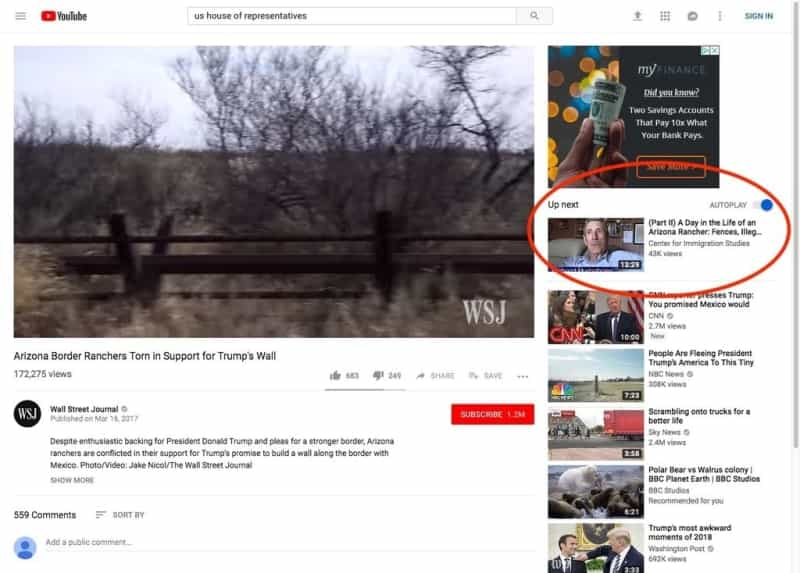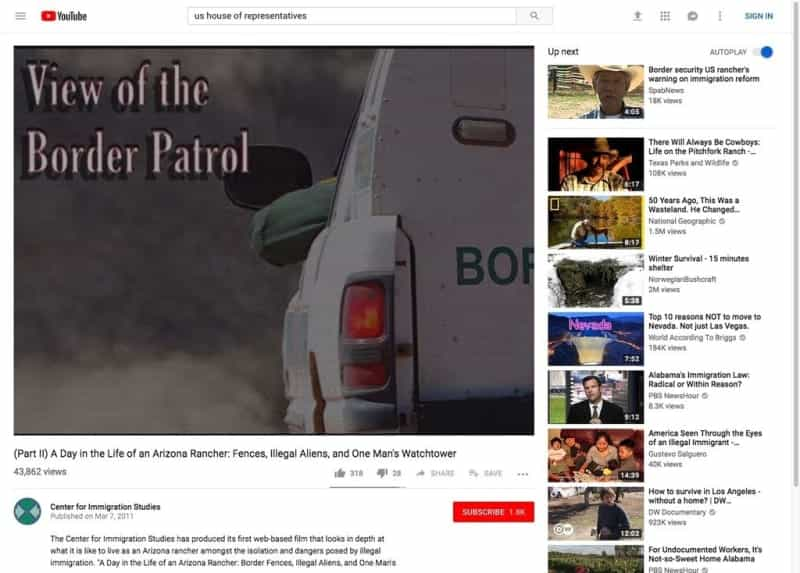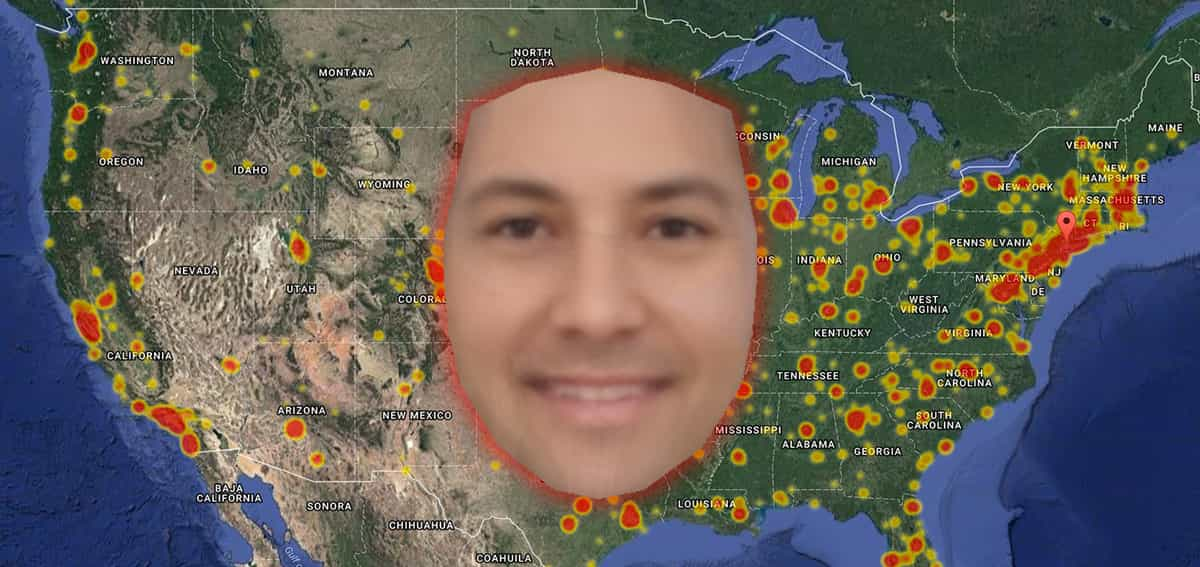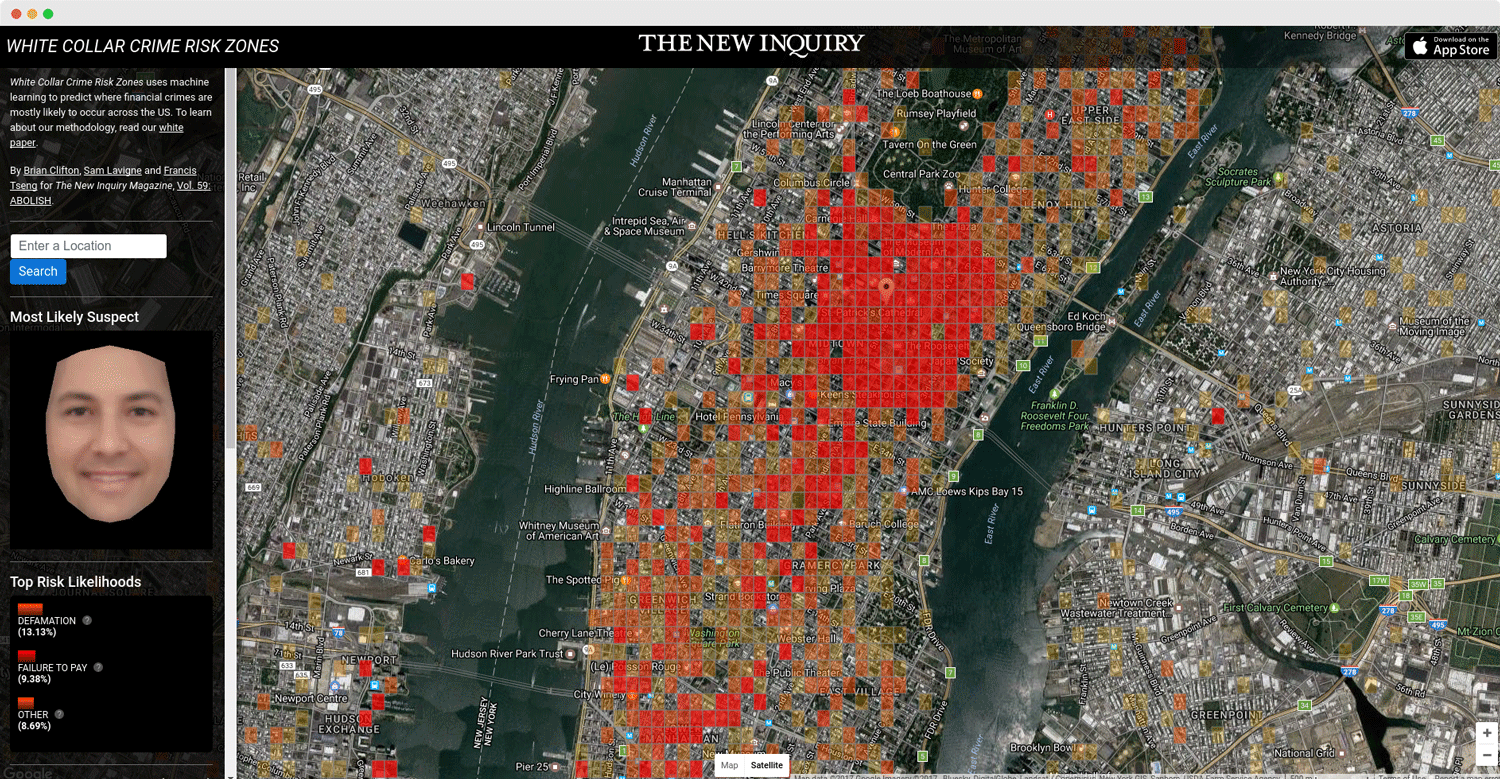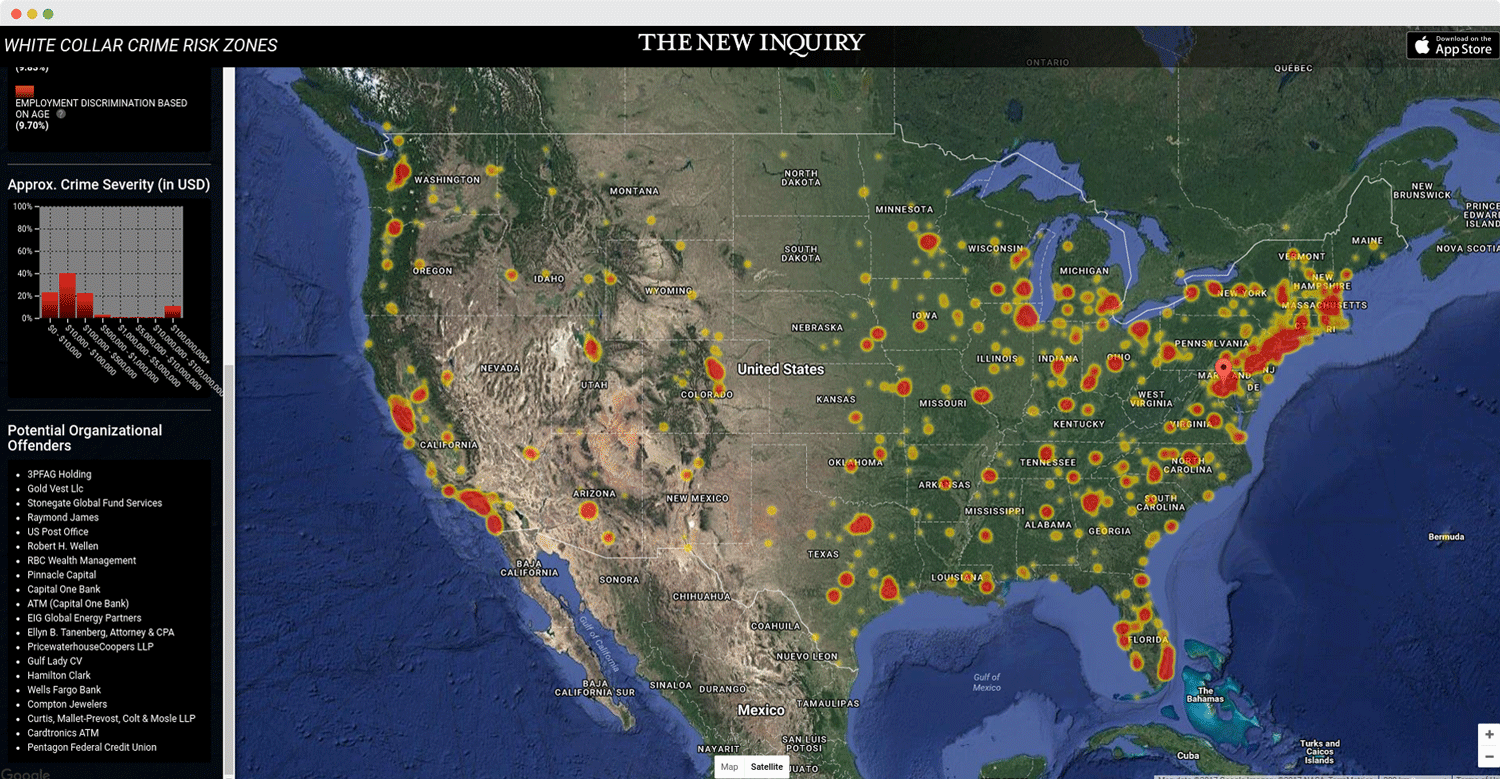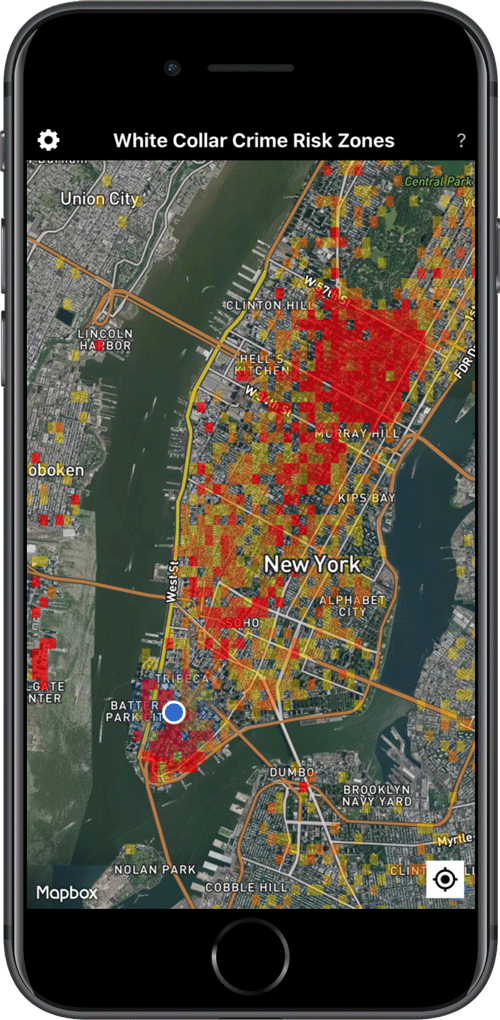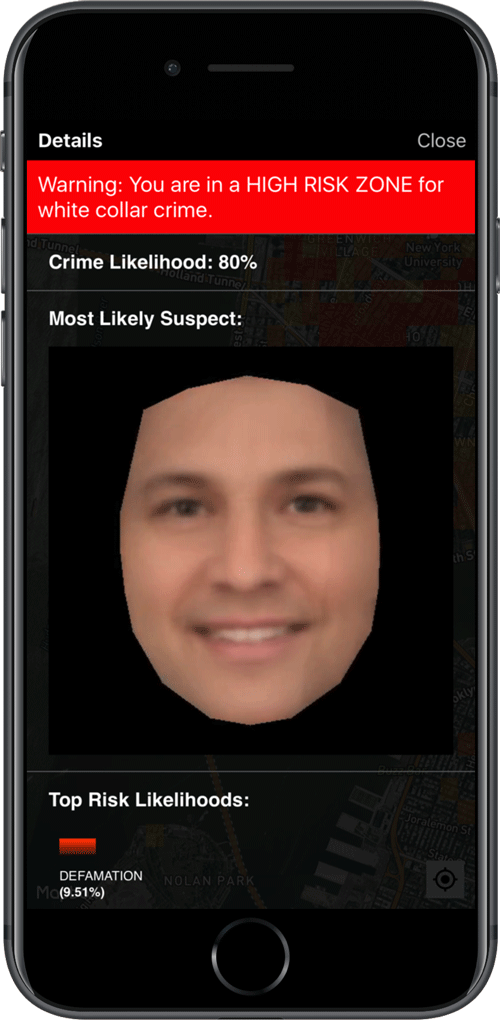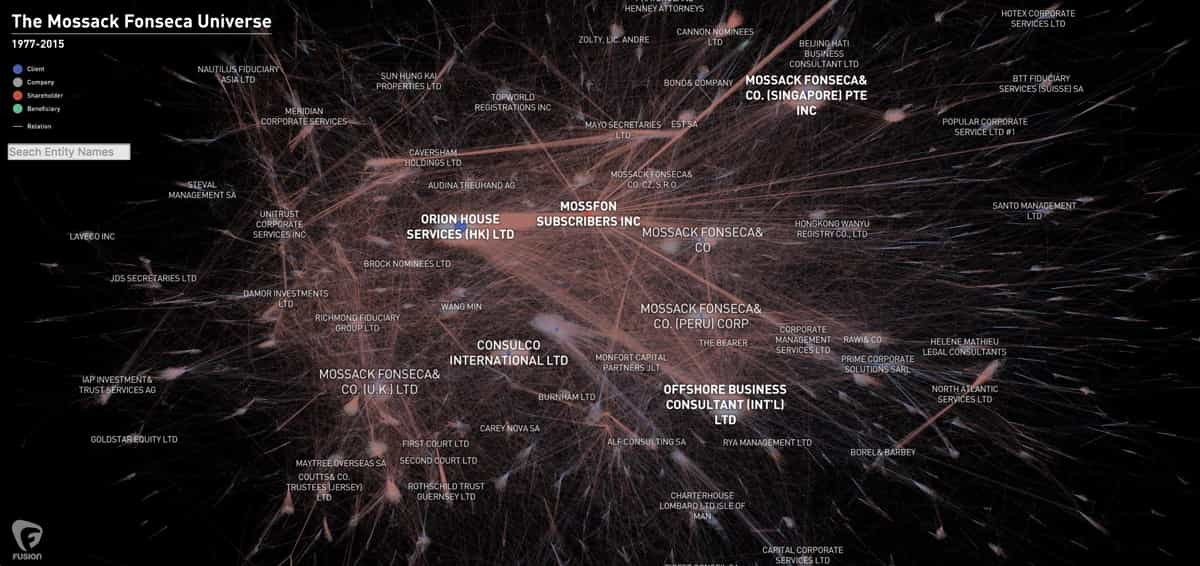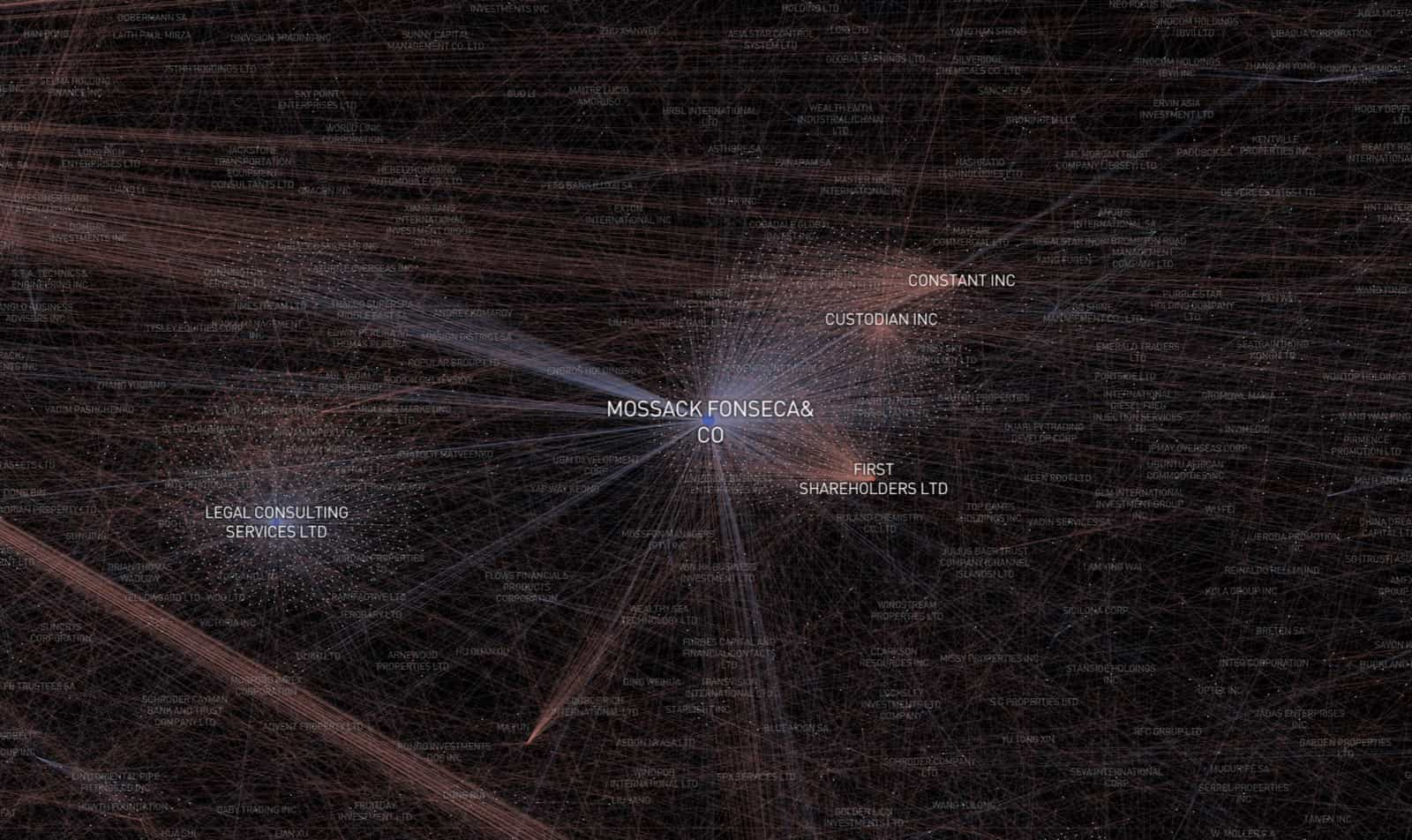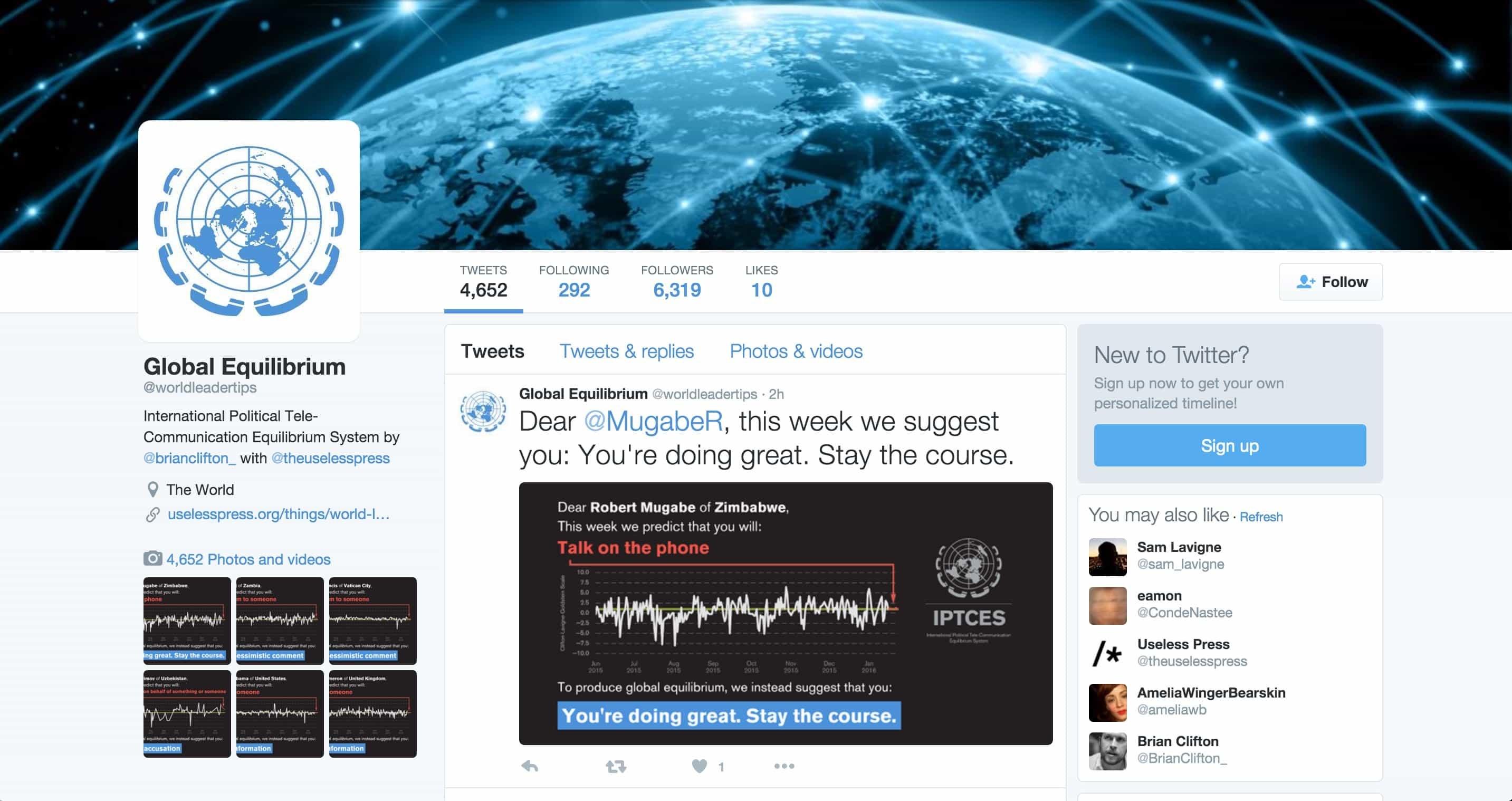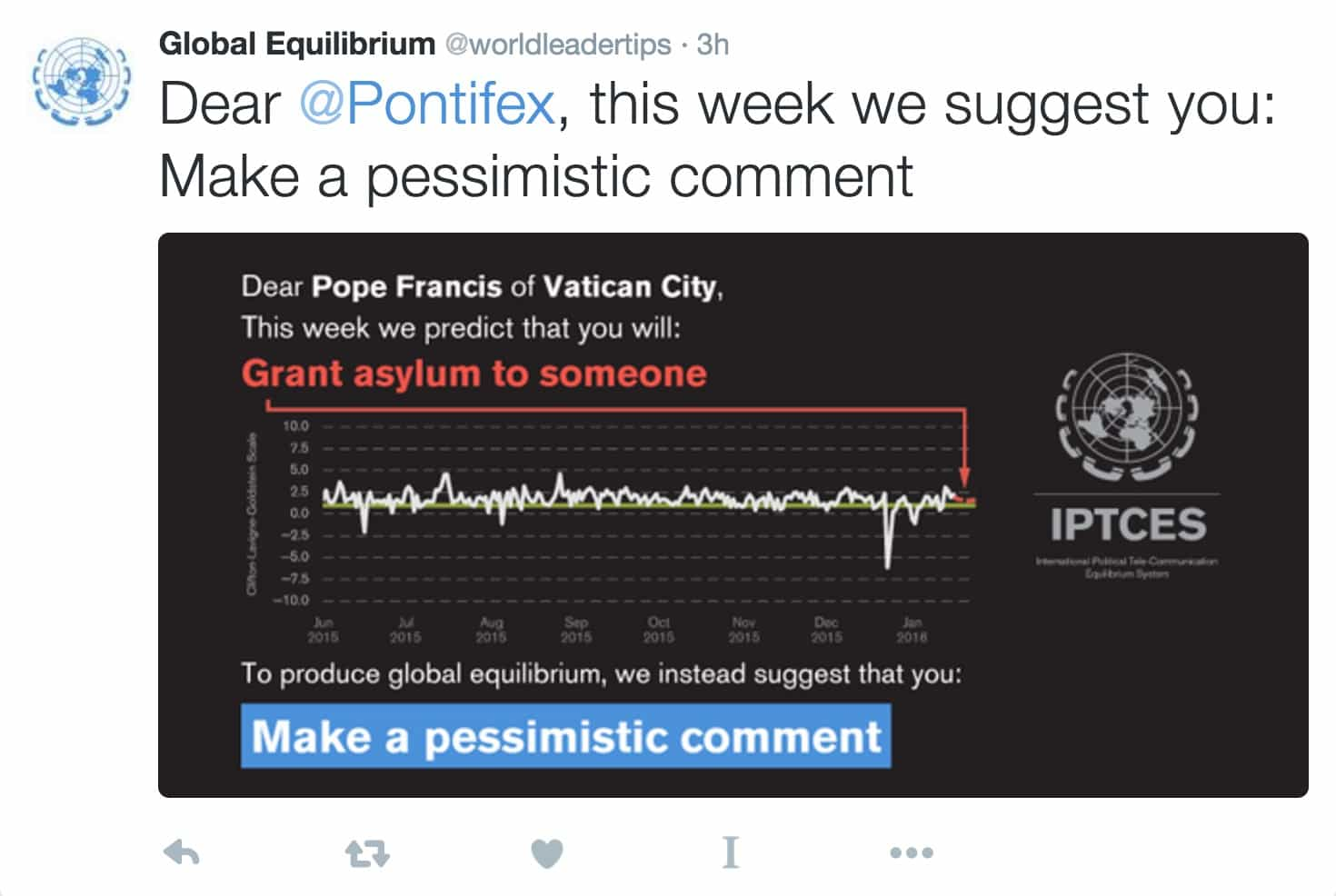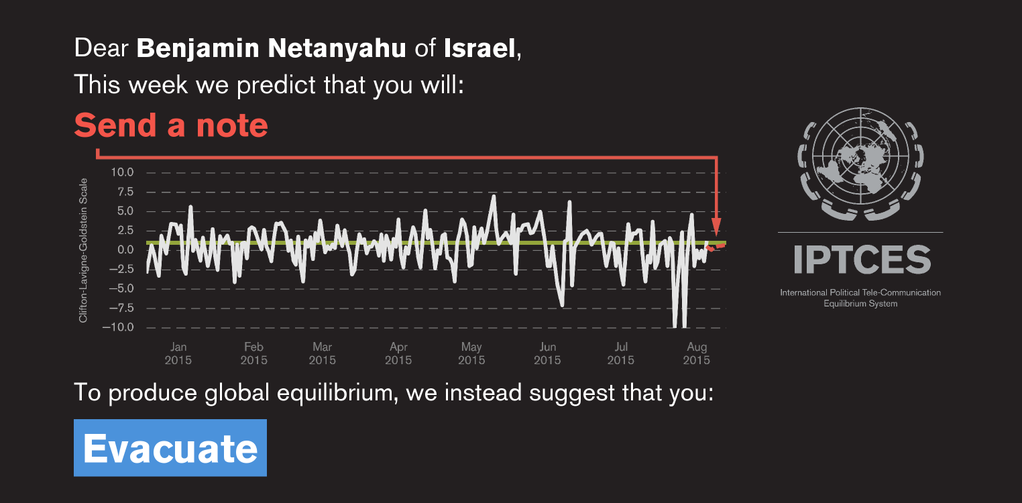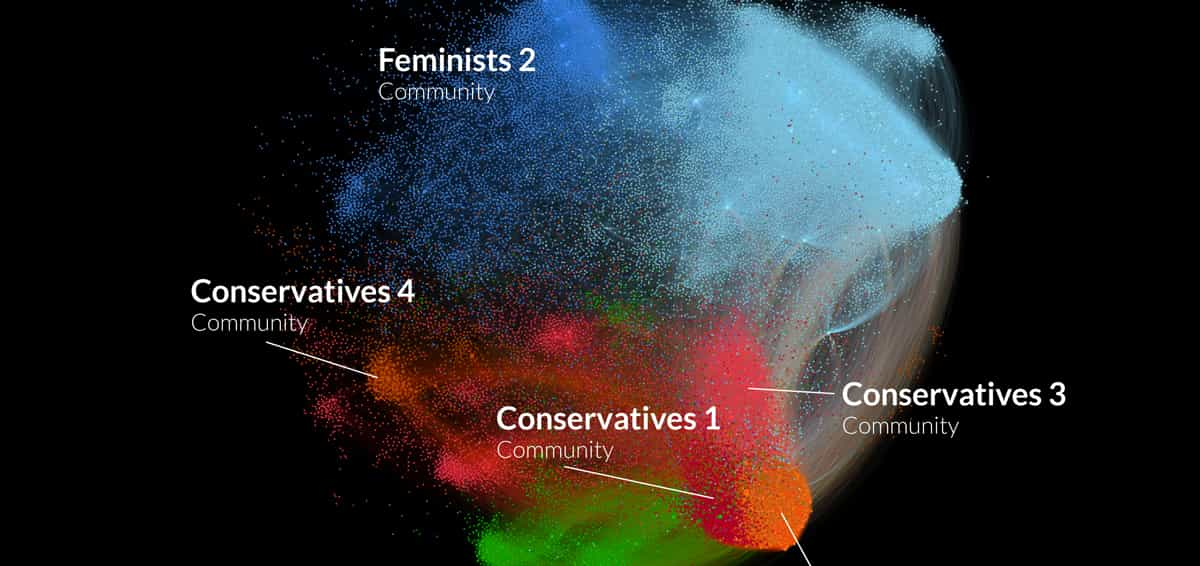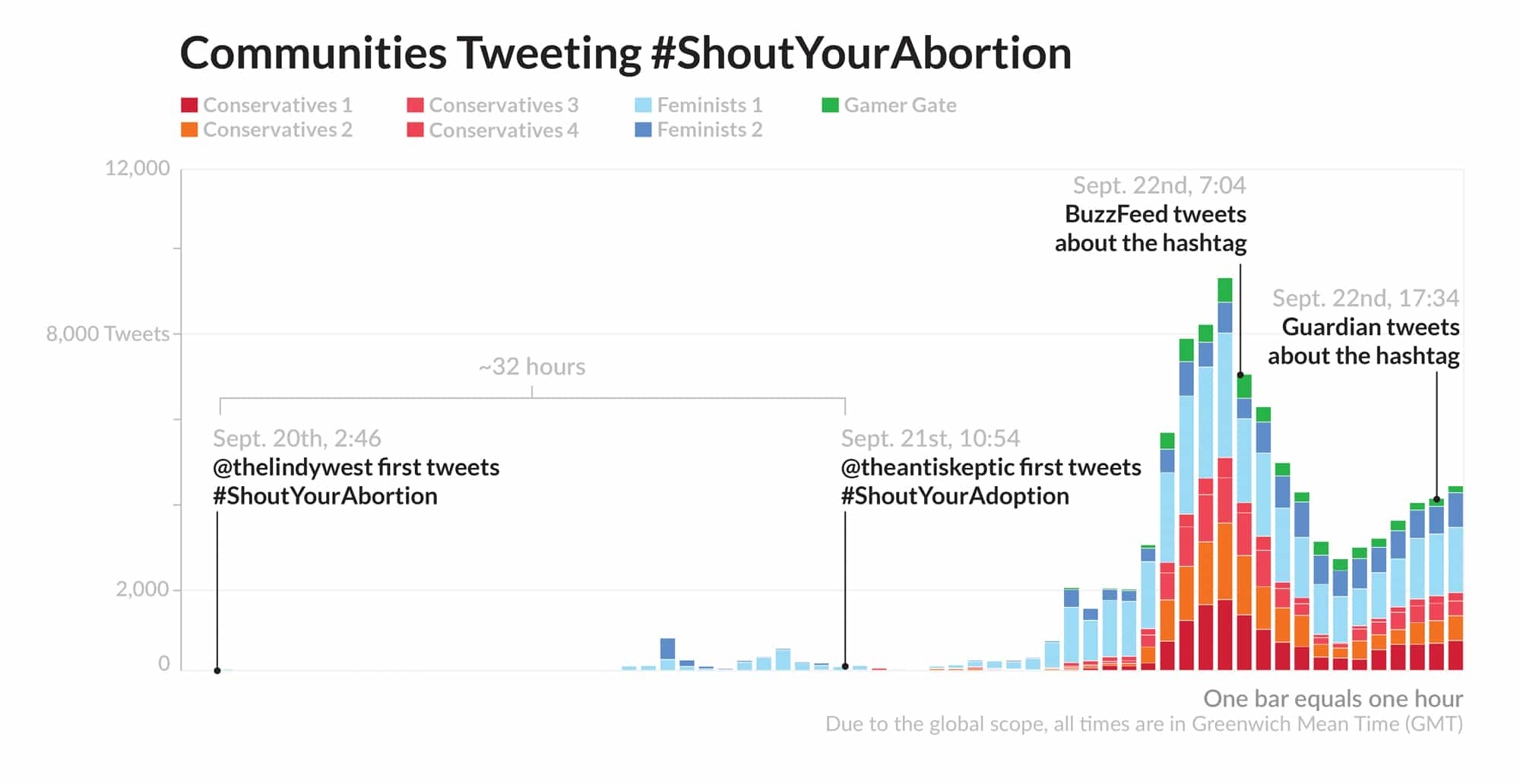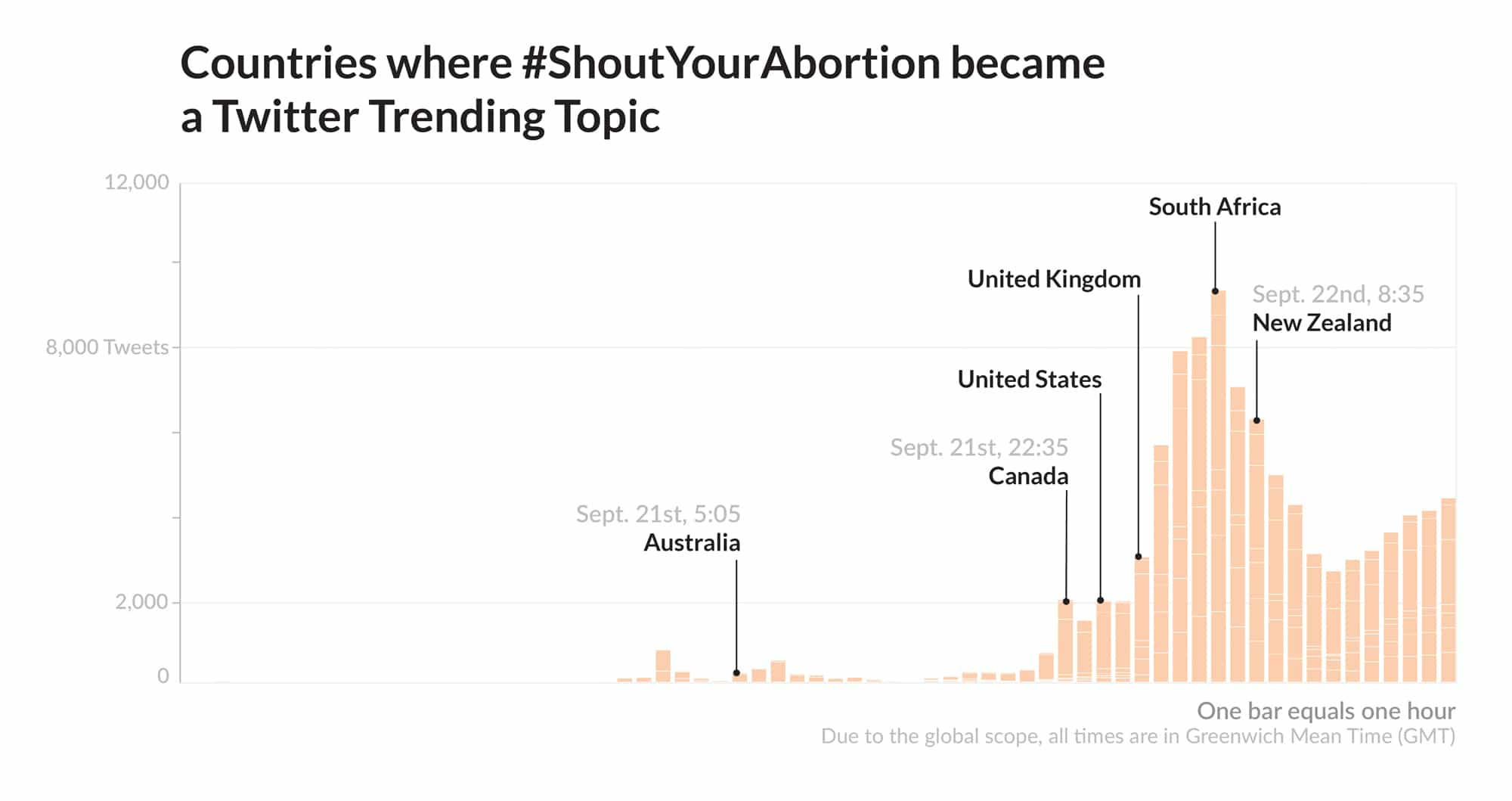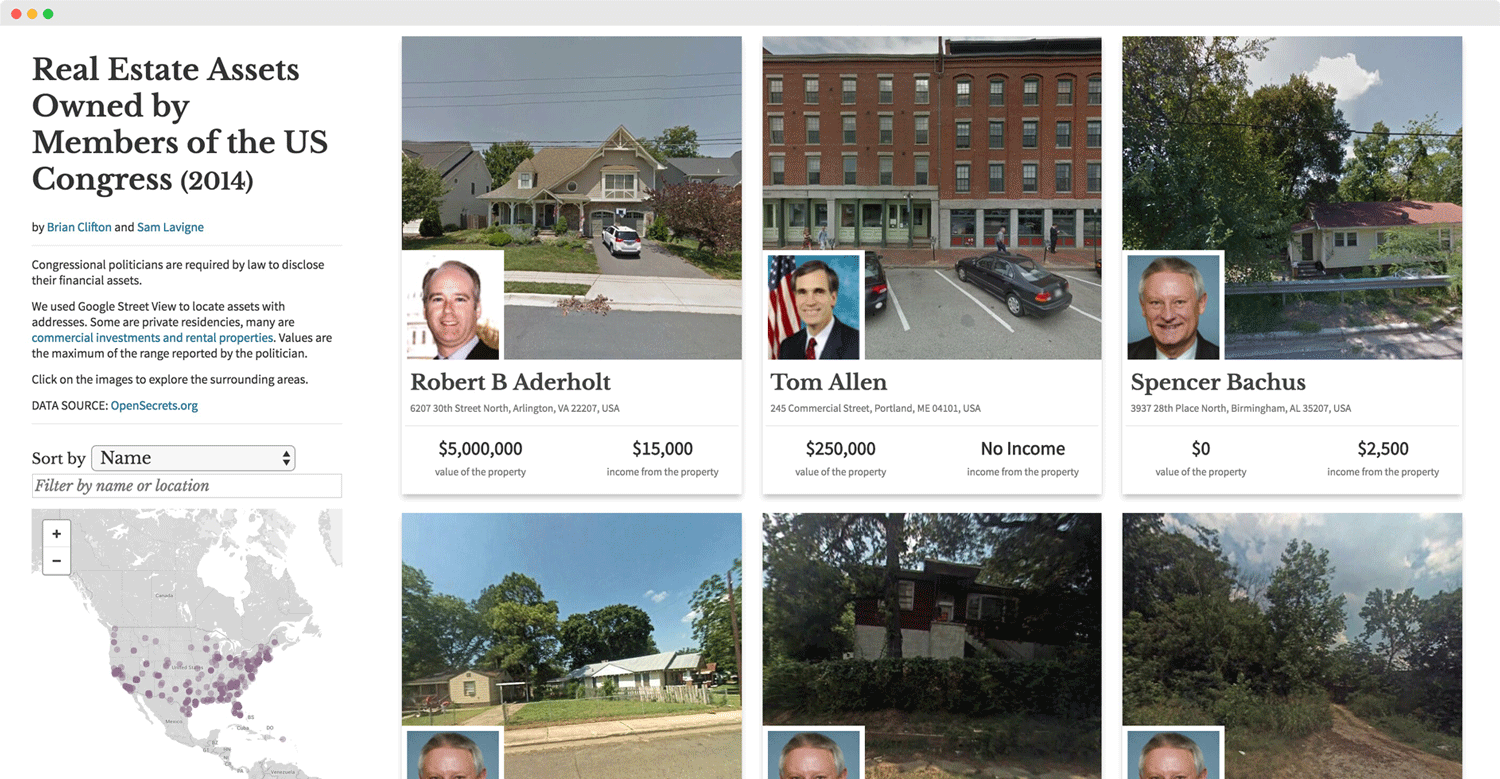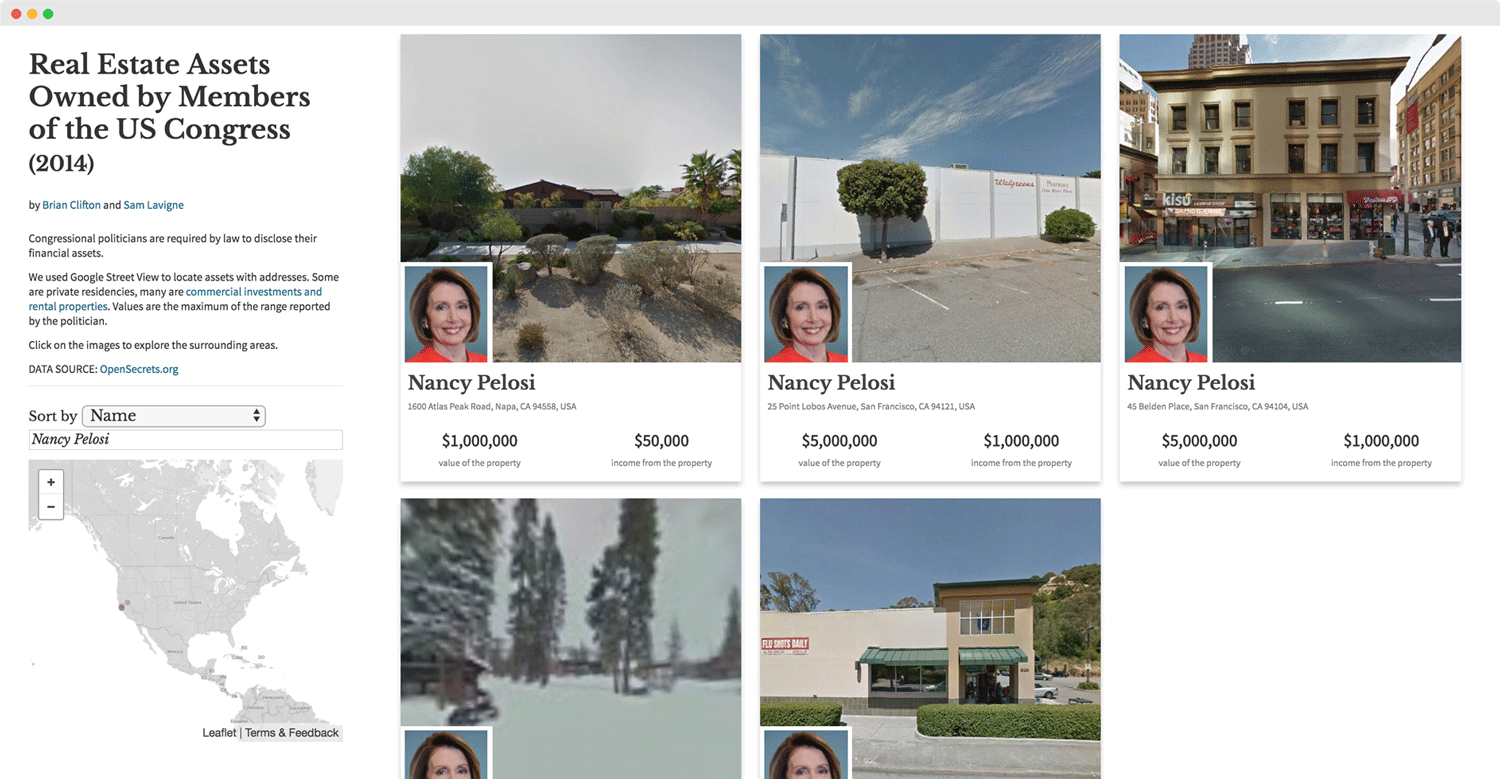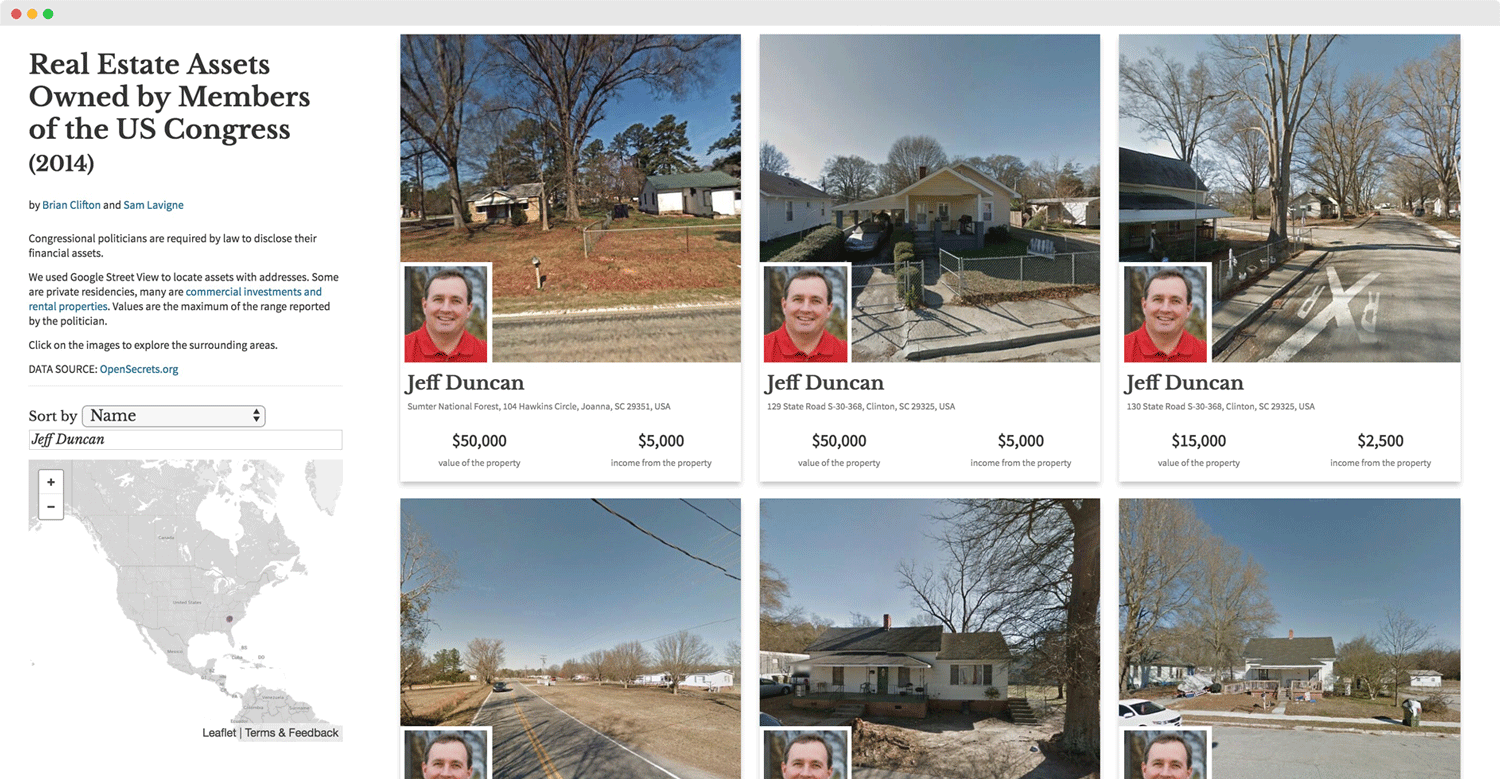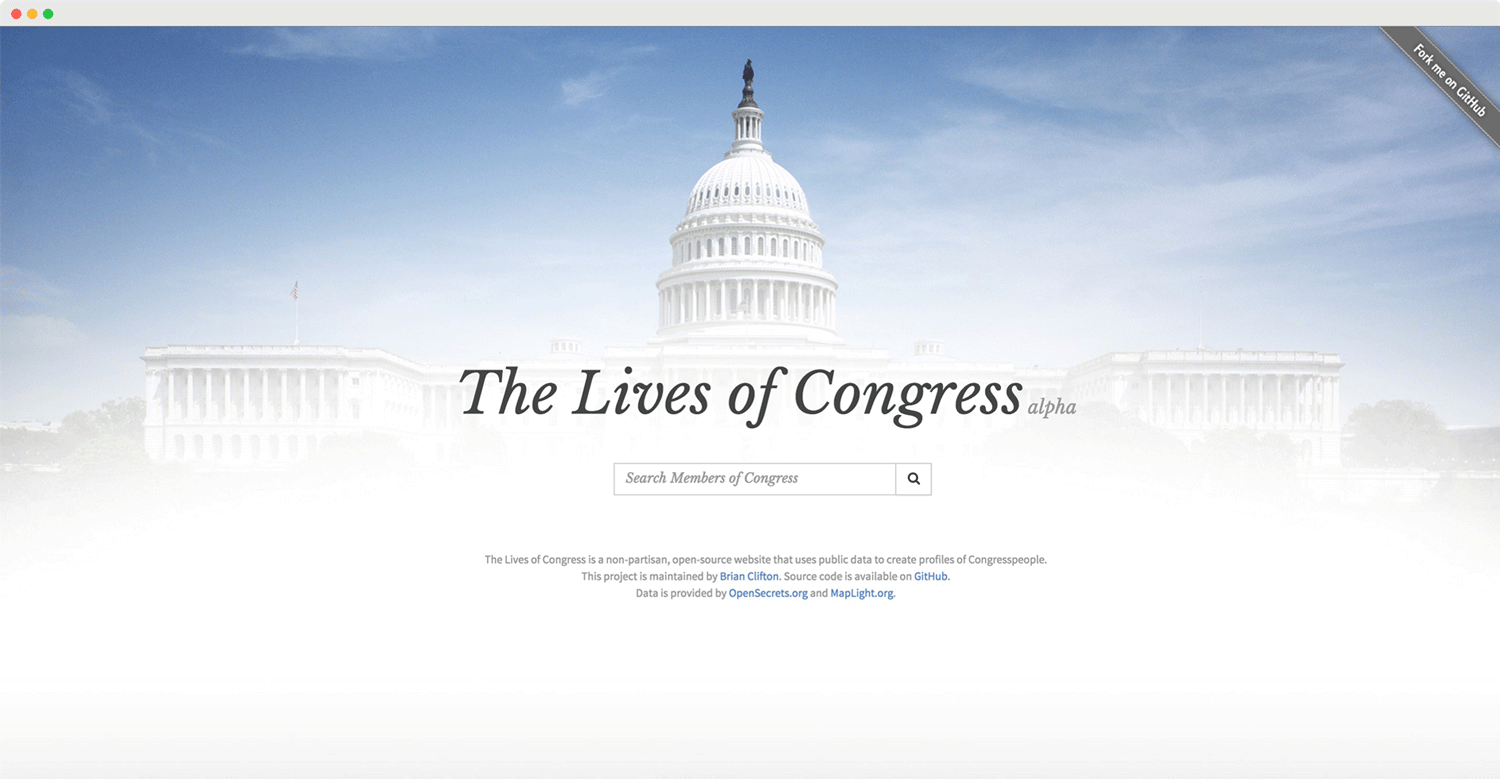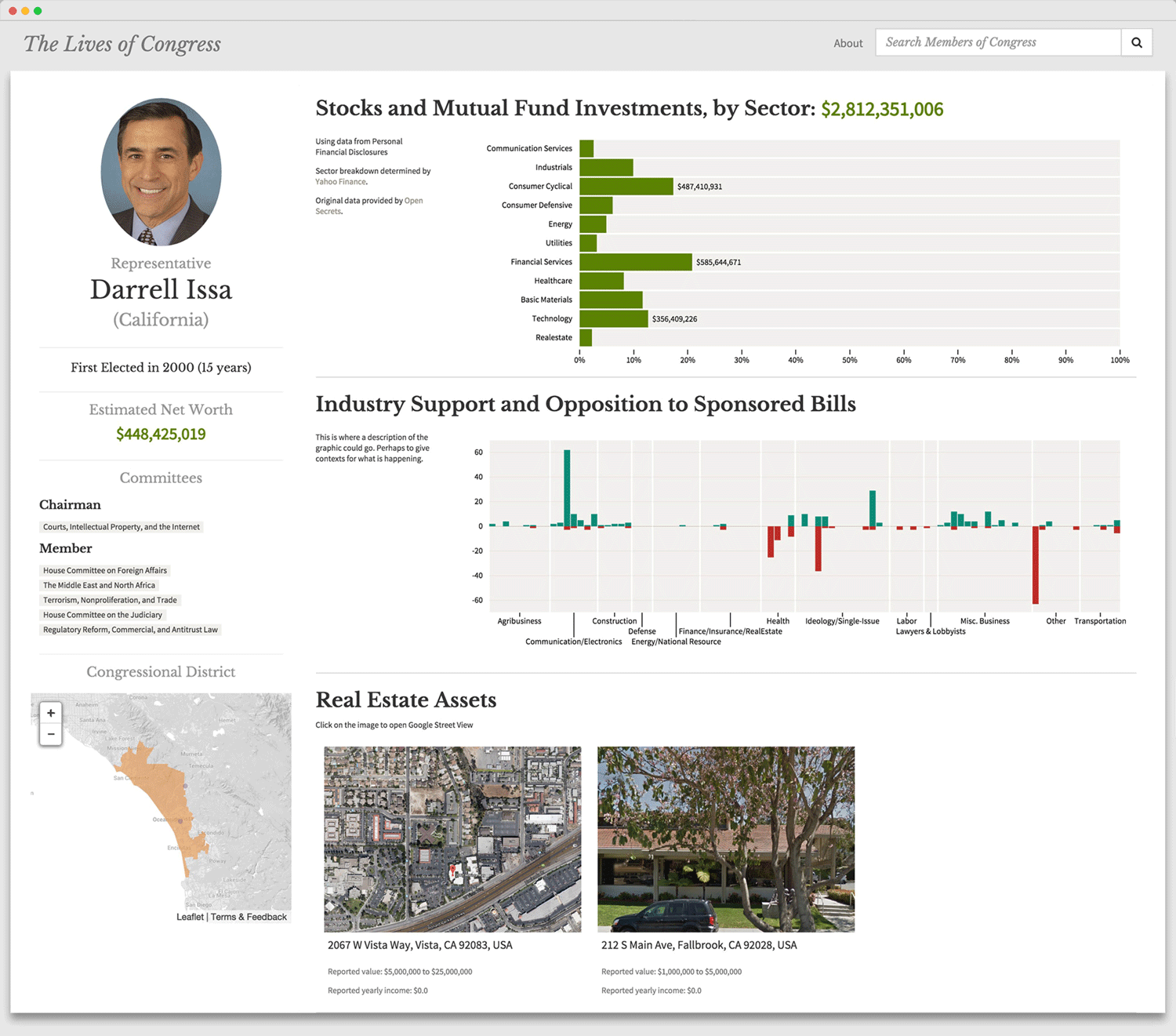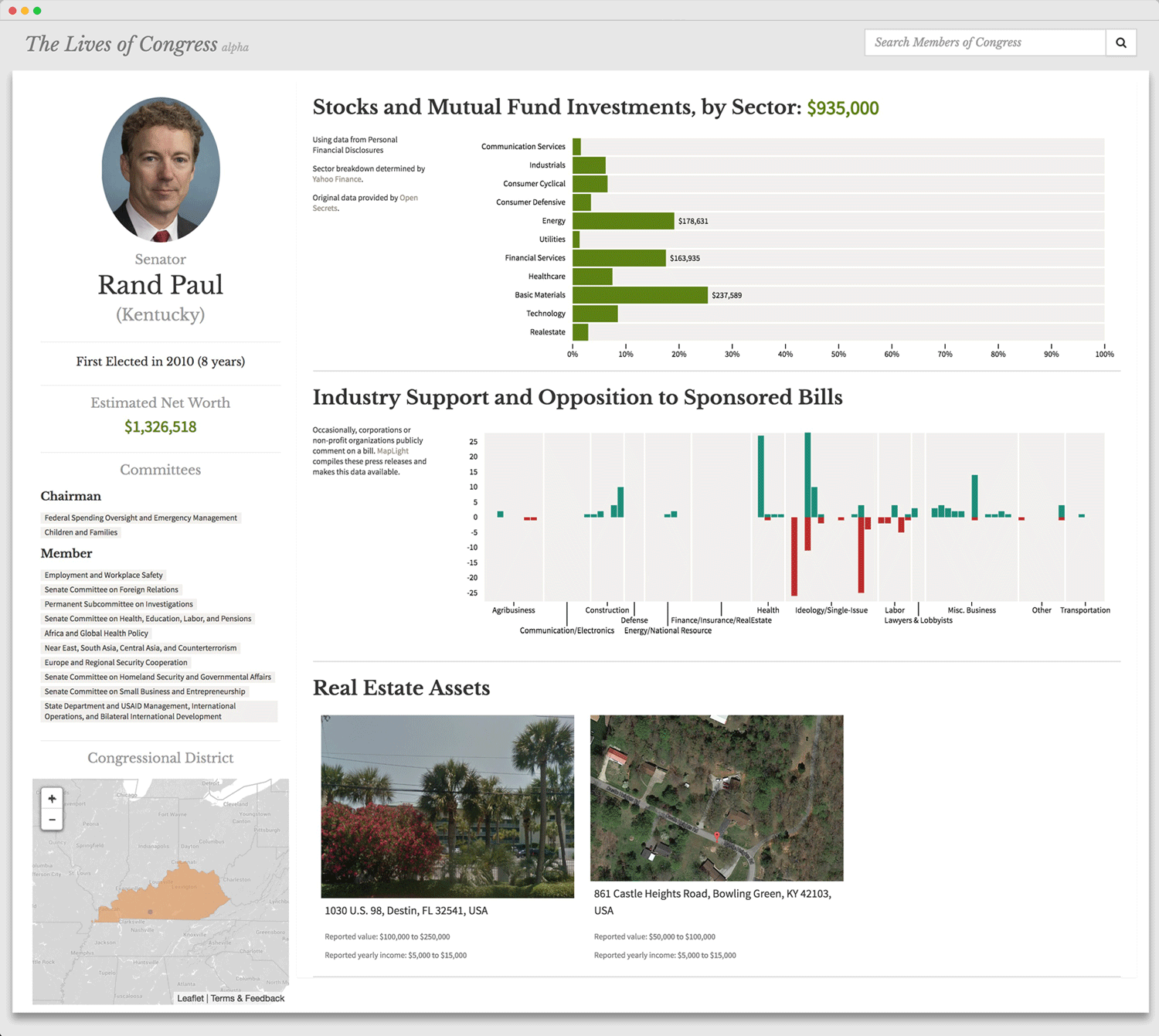Brian Clifton (he/him) is a data scientist who is critical of how the field is used to launder biases and systematize oppression. His work employs machine learning, algorithms, automation, and data to expose the anti-human logic of technology and power.
We Followed YouTube’s Recommendation Algorithm Down The Rabbit Hole
“Despite year-old promises to fix its “Up Next” content recommendation system, YouTube is still suggesting conspiracy videos, hyperpartisan and misogynist videos, pirated videos, and content from hate groups following common news-related searches…”
BuzzFeed News
+ Logan McDonald
+ Caroline O’Donovan
+ Charlie Warzel
+ Max Woolf
White Collar Crime Risk Zones
A predictive policing application that targets white collar crime.
“White Collar Crime Risk Zones uses machine learning to predict where financial crimes will happen across the U.S. The system was trained on incidents of financial malfeasance from 1964 to the present day, collected from the Financial Industry Regulatory Authority (FINRA), a non-governmental organization that regulates financial firms…”
You Can Encrypt Your Face
Masks of biotech executives to wear for surveillance cameras.
“Facial recognition technology turns your face into code that can be archived and traded among strange and suspect parties. Its growing sophistication in the hands of law enforcement poses a particular threat to anonymous dissent. Civil rights groups are already forecasting a near future where police use of facial recognition to track protesters will discourage people from hitting the streets…”
The Mossack Fonseca Universe
Interactive network visualization of the entities named in the Panama Papers.
“This is a data map of the intersection between clients, shareholders, companies and incorporation agents who have used Mossack Fonseca’s services. It represents just over a third of all the data we have access to through the leak. We’ve chosen to show you 115,373 of the most connected entities so you can see how, in many case, individuals are actually related in some way…”
World Leader Tips
Model, prediction, and suggestion system for world leaders based on news event data.
“@WorldLeaderTips makes extensive use of the Global Database of Events, Language, and Tone (GDELT), to provide suggestions to world leaders. GDELT, a project sponsored by Google's New York-based think tank, Google Ideas, trawls the internet to produce data on happenings around the world in real time…”
How to Tell Whether a Twitter User is Pro-Choice or Pro-Life Without Reading Any of Their Tweets
Network analysis of Twitter users using the hashtag #ShoutYourAbortion.
“While the US government narrowly avoided a shutdown over continued funding of Planned Parenthood last week, a group of activists coalesced online when Seattle-based writer Lindy West tweeted: The campaign to defund PP "relies on the assumption that abortion is to be whispered about." #ShoutYourAbortion. …”
The Real Estate Assets Owned by Members of the US Congress
Map and Google Street Views of the real estate assets of the US Congress.
“Congressional politicians are required by law to disclose their financial assets. We used Google Street View to locate assets with addresses. Some are private residencies, many are commercial investments and rental properties. Values are the maximum of the range reported by the politician…”
The Lives of Congress
A dashboard for exploring the personal financial data for members of the US Congress.
“The Lives of Congress is a non-partisan, open-source website that uses public data to create personal profiles for each member of Congress. Composed of a series of graphics, the profiles visualize unconventional but public data, in order to help gain a better understanding of who these lawmakers are.The profiles currently include: economic sectors of their stocks and mutual funds, the favorability of their bills in the eyes of corporations and non-profits, and the locations and photographs of their real estate assets…”
About
Born near Detroit in 1982, Brian Clifton lives and works in New York. Before his career as a data scientist, he was an internationally exhibited conceptual artist whose research-driven and formally diverse works explored the process of myth-making in contemporary society. Since transitioning into data science, he now makes projects taht are not art but best described as rhetorical software. These projects are critical of the widespread adoption of data, machine learning, and automation by techno-capitalism. He occasionally contributes to news investigations using data and automation tools.
He has exhibited in museums and galleries across the world including The Shed, Pioneer Works, the Hessel Museum of Art, and Ars Electronica. His work has been covered in the New York Times, Art Forum, the Wall Street Journal, Bloomberg, Fast Company, and elsewhere.

